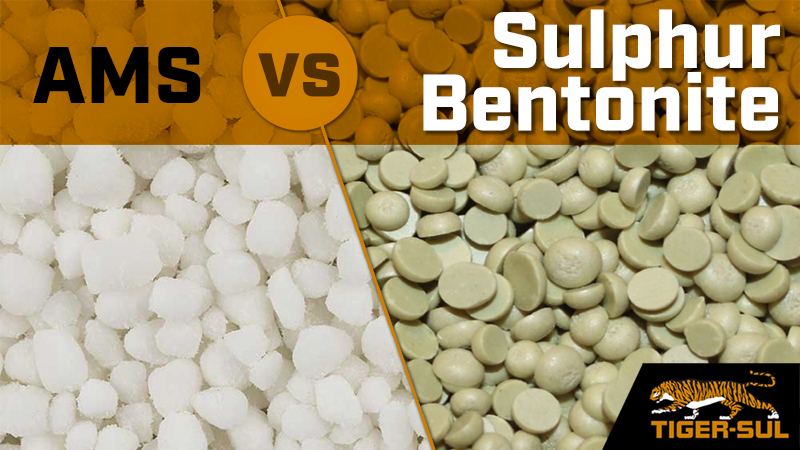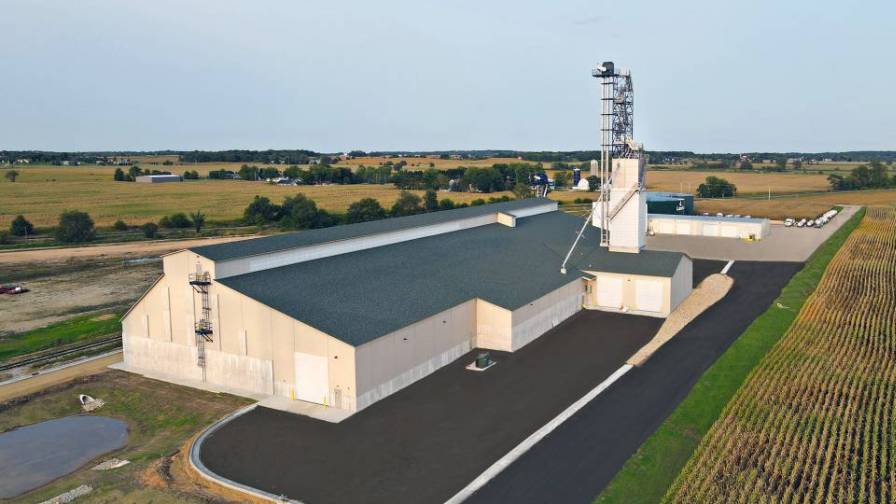Cabs Join Data Stream

What’s hot with in-cab computer capabilities is handily summarized by Harlan Little, Leica ag business manager-NAFTA: “The displays continue to get larger and offer more features. Plus connectivity with the Internet for file transfer and other telemetry seems to be at the top of the offerings.”
Mike Gomes, director global OEM solutions with Topcon, is also seeing how consumer items such as portable computers, iPads, iPhones, Motorola Zoom, etc., are impacting customer expectations and driving a new wave of user interface technology into the precision ag business.
Display Developments
Topcon has responded to this trend with the new X30 console, which features “double touchscreen” technology and graphic user interface, says Kevin Cobb, director of agriculture product management. “This display has a 12.1-inch highly visible multi-touch screen with a simple-to-use interface that allows drivers to have both a customizable dashboard of information as well as up to three mini-view windows for simultaneous on-screen visibility of rate control, section control, and other operations,” Cobb describes.
Leica Geosystems has introduced the Leica mojo3D, a 7-inch color touchscreen. It allows users to do manual steering or connect it to a Leica Quick Steer for an electric steering option. The mojo3D can also be connected to a Leica mojRTK console for very accurate RTK steering.
TeeJet Technologies has announced the release of its Matrix Pro, which builds upon the original Matrix by now providing two-way data transfer; a new NextRow guidance mode; the ability to store and retrieve multiple AB lines; internal field boundary support; and improved user interface. These additions complement existing Matrix features such as GPS guidance, autosteer, automatic boom section control, planter section control, video monitoring and field-mapping.
Keeping user interface as simple and intuitive as possible is important, says Tim Stuenkel, precision agriculture sales with TeeJet. “It’s important not to overwhelm users with features they may not necessarily need,” he says. The company offers a selection of products and upgrades that allow growers and dealers to purchase the appropriate mix of features and capabilities for their specific operation.
Ag Leader continues to improve its technology offerings, bringing new, larger displays with a higher level of compatibility and functionality to the market, says Lori Costello, marketing communications manager. “The INTEGRA display now offers a large, full-color 12.1-inch HD touchscreen that’s easy to read and serves as a comprehensive performance and control interface,” she says.
Just in February, Ag Leader added to INTEGRA’s functions with Advanced Seed Monitoring and Virtual Terminal capabilities. Virtual Terminal allows the display to control ISOBUS-compliant implements. The display can also interface to ISO-compliant blockage or seed tube monitoring systems, a well as operate ISO-compliant sprayers and spreaders.
John Deere’s GreenStar 3 (GS3) 2630 display, introduced last August, offers enhanced hardware, video capability and Access Manager. Access Manager allows customers to lock custom settings so operators cannot change them in the field, ensuring less driver error and more productivity. The GS3 is also now available as a touchscreen that’s video-capable so operators can hook up a video camera to a rig, plug it into the back of the cab, and see the video feed.
The Outback STS display from Hemisphere GPS combines the most popular features of the Outback S2 with a 7-inch, high-resolution color touchscreen that offers excellent situational awareness. Users can operate eDriveTC hydraulic autosteering as well as Outback AutoMate automatic section control from the STS interface and view spray or planting data on the moving map.
Wild For Wireless
Raven Industries introduced high speed wireless Internet into the cab last season with the release of its Slingshot system, which is teamed with the Viper Pro monitor. “Being able to wirelessly transfer data to the cab and then back to the office has been a big feature that our customers have really enjoyed, says Ryan Molitor, marketing supervisor.
For 2011, Raven is releasing Slingshot API, a software platform that allows companies such as SST and AgWorks to leverage Slingshot to send data wirelessly to a cab using their software. Molitor points out that many retailers have established customized software systems with these software companies. Introducing a new, different data management tool for field work can be a problem.
“With API, everything is set up in the way that the software they already use needs to see it. It really, really cleans up the way that they manage their data,” explains Molitor. Raven is working with several other software firms to make their programs compatible with Slingshot, and Molitor says retailers can expect more API offerings in the next 12 to 18 months.
John Deere’s Davis agrees that machine owners and operators continue to show excitement around opportunities for wireless technologies that will increase their productivity and efficiency. For example, Deere has expanded its JDLink telematics package with the introduction of JDLink Ultimate. JDLink coordinates tasks such as labor and machine logistics and generates reports — while JDLink Ultimate adds capabilities to monitor current machine, engine and speed information.
Trimble Connected Farm continues to make waves. Operators can use their Trimble displays to wirelessly share data between displays in multiple machines, back to the office, or with crop scouts and managers using handheld devices, says Wayne Wenzel, public relations manager. “There’s no longer a need to download data onto a flash drive or SIM card and hand-deliver it to a machine on the other side of the field or even another farm several miles away,” he says.
To improve communication even more, Trimble recently introduced a new wireless modem, the DCM-300. When used with either a Trimble FmX integrated display or Trimble CFX-750 touchscreen display, this one modem can access VRS Now RTK sub-inch correction service; make Connected Farm wireless field data transfers; and manage multiple machines with Farm Works Dispatch asset tracking.
Wireless capabilities have been a real help in solving drivers’ problems in the field. Leica led the remote troubleshooting trend in 2007 with its Virtual Wrench system that allows dealer support staff to wirelessly connect to a unit in the field and help the driver perform any number of calibration and diagnostic functions, says Little.
Wireless capabilities make it possible for Ag Leader staff to make remote diagnostic service available on the company’s ParaDyme Automated Steering System. “When a driver requests help through the INTEGRA or EDGE display, the Ag Leader dealer receives an e-mail and text message alerting them of the service request,” explains Costello. “They can access ParaDyme remotely to diagnose the problem in real time while the user is in the cab, still in the field.”





